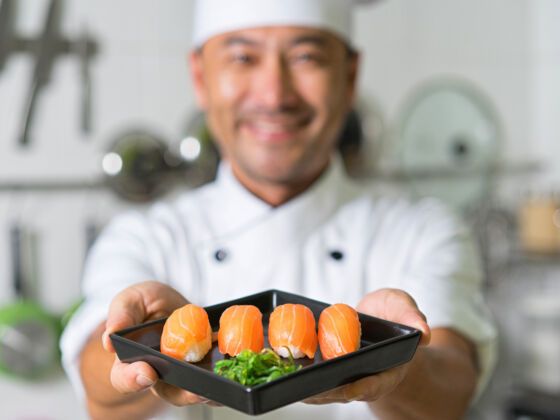By Annemarie Dooling, Yahoo! Travel
For more than 200 years, this rice and fish meal has been a staple of Japanese cuisine, and no matter where you eat it here, it is a foodie rite of passage. I traveled through Tokyo, Osaka, Kyoto, and Hiroshima in search of the perfect plate of sushi, along with food expert and Australian MasterChef contestant Hayden Quinn. Ten days of sashimi, soups and tempura later, we had a pretty good idea of what constitutes the most amazing meal in Japan; we were hooked on fresh sushi.
